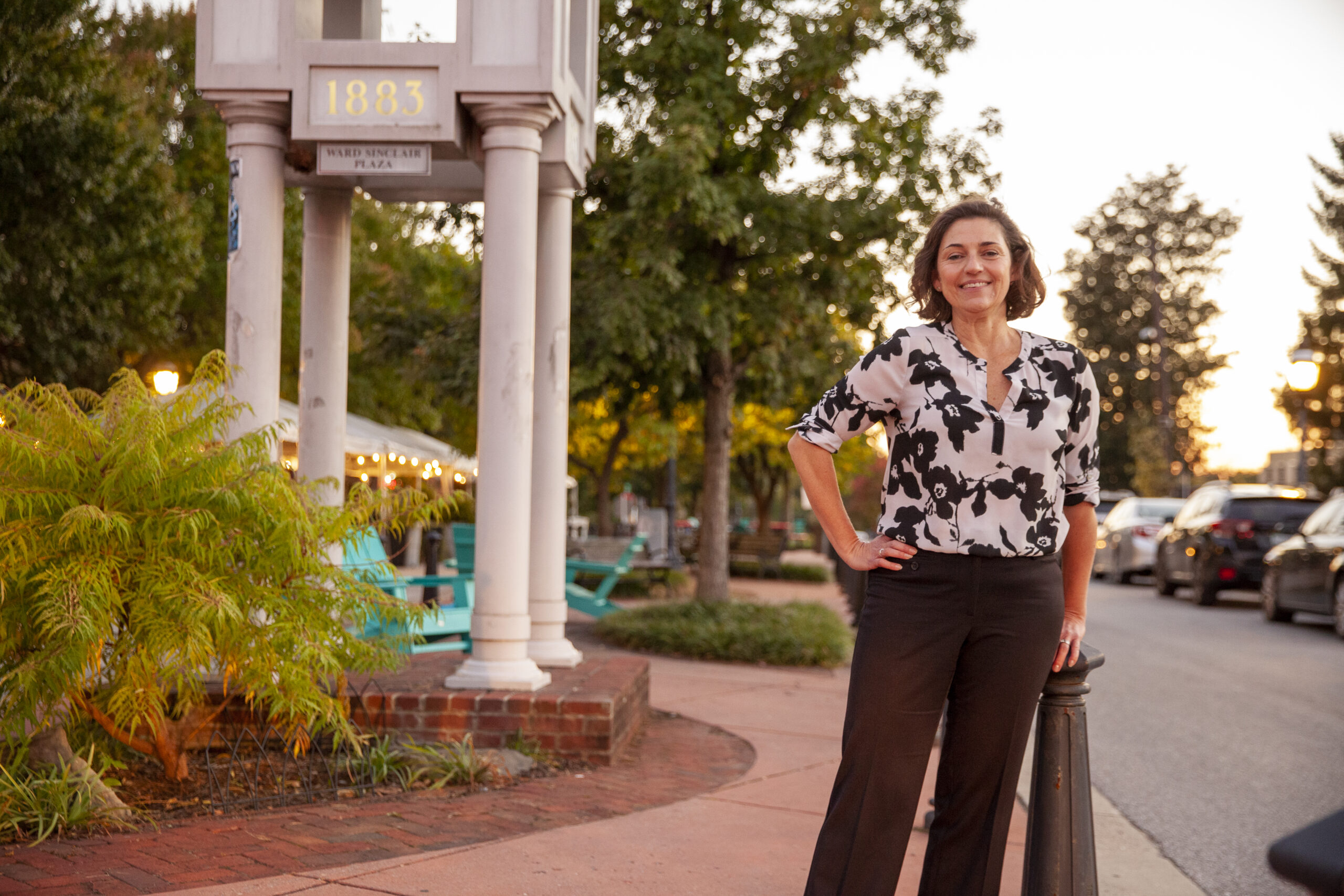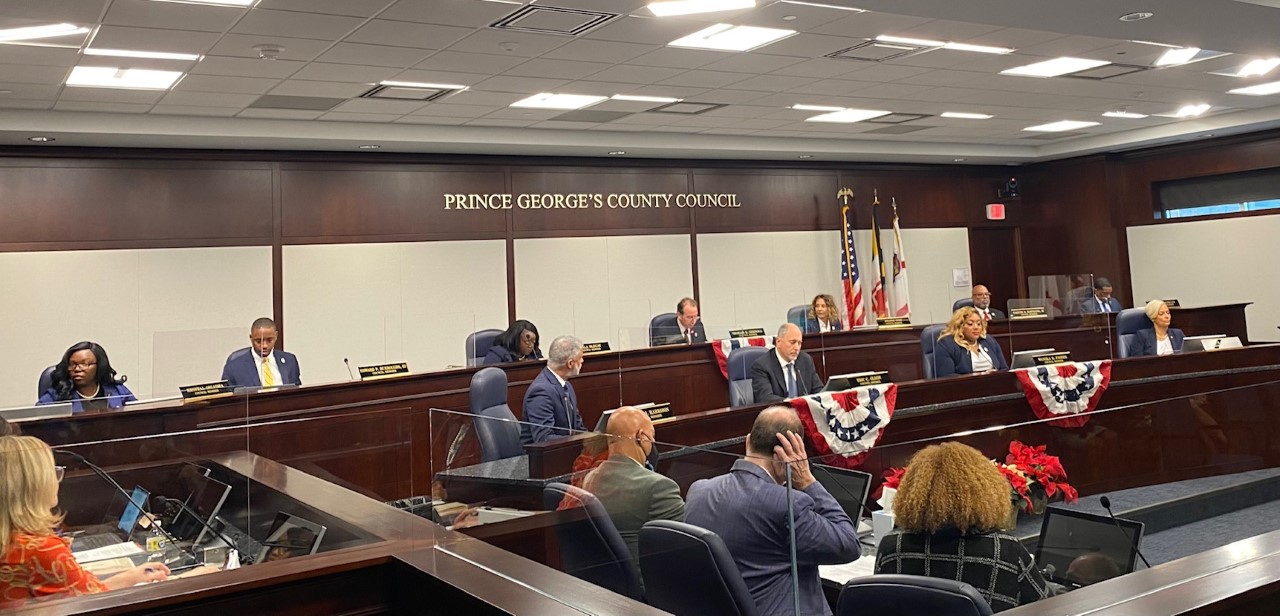MoCo Councilmembers: Digital Divide Can Be Bridged With Improved Wireless Technology

For more than a year, the COVID-19 pandemic has changed the way households, businesses and schools across Montgomery County operate. Virtual education, remote work and telehealth have become essential. Some also turned to the internet to order groceries, access government services and stay in touch with family members while in isolation.
While the internet and smartphones were already embedded in our lives, the pandemic exacerbated the critical need for equitable access and improved digital infrastructure countywide. For even longer, Montgomery County has been debating how to responsibly usher in new technologies to improve the existing wireless network and bring 5G to our county.
Quickly pivoting to distance learning and remote everything during the pandemic raised big issues for our county. While those with greater socioeconomic resources were able to continue to participate relatively seamlessly, those who were not highly connected became increasingly vulnerable to falling further behind. To support distance learning during COVID-19, the school system supplied more than 10,000 MiFi wireless hotspots to homes that needed stronger connections for students to continue with their education. While this provided a quick fix, we need to look ahead for these students and families when the new, more digital, “normal” emerges.
Over the last year, an emphasis has been placed at the state and federal level on wired broadband, but it’s important to acknowledge the potential wireless broadband has on impacting equity. A recent Pew Research report illustrates that while digital gaps persist in lower-income households, nearly one in four lower-income and minority adults are “smartphone only” internet users. That means that underserved populations and young people are more likely to rely on their smartphone, rather than a computer, to access resources. As we look toward this growing trend like these, we need to be prepared to provide more reliable wireless connectivity.
While improving wireless connectivity in Montgomery County will help us bridge the digital divide, it also sets us up to take advantage of game-changing innovations across nearly every industry. Take telehealth, for instance. As the Maryland Medical Society recently wrote, telehealth is already improving patient care and is poised to take a big leap forward, from real-time monitoring devices for discharge and people with chronic conditions and real-time video links between EMTs and emergency rooms to remote surgery so that patients can have access to world-class surgeons regardless of where they live.
Telehealth doesn’t just hold promise for the future, it is happening now — five times more Maryland patients used telehealth in 2020 than in 2017. Even as the pandemic’s worse effects are receding, telehealth is here to stay.
Since 2016, Montgomery County has been considering legislation that would bring the county up to speed with other jurisdictions when it comes to 5G. Other areas of the state, such as Baltimore City, Prince George’s County and Howard County, all have adopted small cell legislation to ensure their residents have the infrastructure needed to advance 5G connectivity.
Our residents and businesses are being left behind as we speak.
That is why we drafted a zoning ordinance, ZTA 19-07, which would facilitate the deployment of this critical technology all across the county. After years of intense public outreach, countless public meetings and council debate, this ordinance is now before the full Montgomery County Council.
In the final analysis, the choice is quite simple. Montgomery County can continue to sit on the sidelines, or it can pass ZTA 19-07 to expand access to opportunity, improve digital equity, and help bring new jobs and economic development to the county.
It is time for the council to act.
–HANS RIEMER, GABE ALBORNOZ AND CRAIG RICE
The writers, all Democrats, are members of the Montgomery County Council. Riemer is an at-large member. Albornoz is the council vice president and an at-large member. Rice is from council District 2.





 Creative Commons Attribution
Creative Commons Attribution